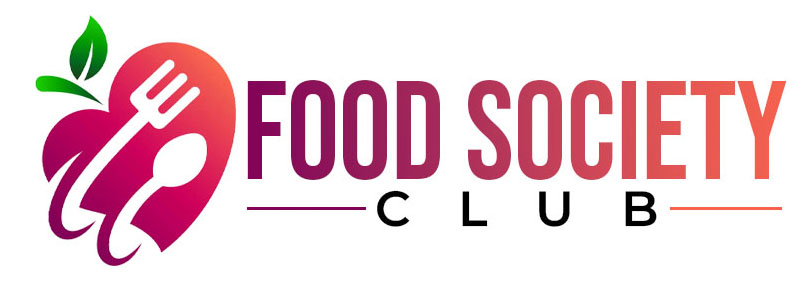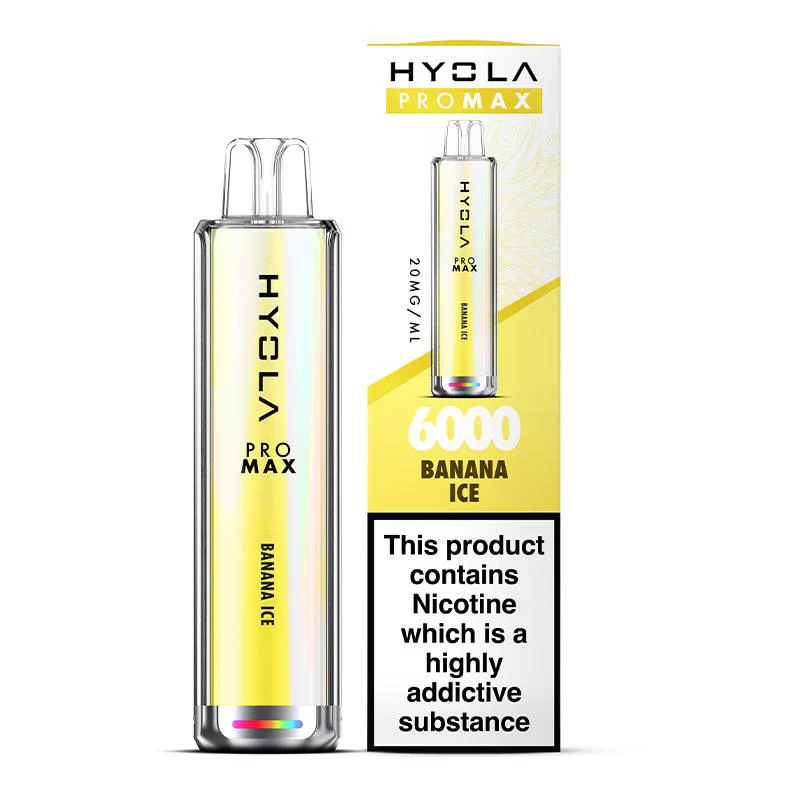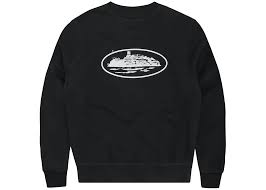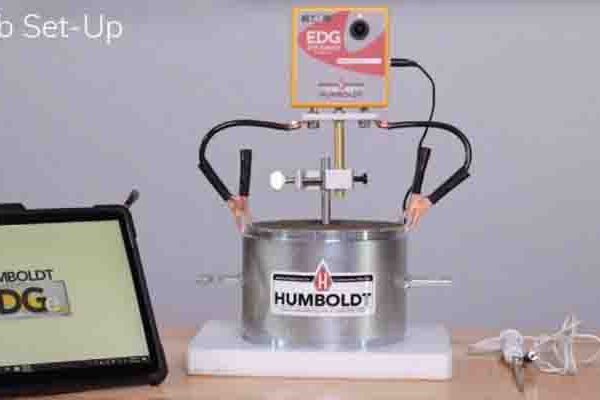Effective traffic management is essential for ensuring road safety, especially in areas where roadwork, accidents, or traffic diversions are common. One of the most simple yet impactful tools in traffic management is the traffic cone. Traffic cones help control and direct traffic, reduce accidents, and safeguard road workers and pedestrians. In this blog, we’ll discuss how traffic cones improve traffic management, enhance road safety, and help create organized, efficient road systems.
The Role of Traffic Cones in Road Safety
Traffic cones are essential in reducing accidents, minimizing confusion, and ensuring safe and efficient traffic flow. Whether it’s a busy highway, a road under construction, or a temporary road closure, traffic cones play a vital role in guiding vehicles and pedestrians, preventing collisions, and protecting workers on the road. The visibility, portability, and flexibility of traffic cones make them an invaluable tool for traffic management in various situations.
1. Visibility and Clear Communication
The bright orange color of orange traffic cones is highly visible in both daylight and low-light conditions, making them effective at warning drivers and pedestrians of potential hazards. In addition to the orange color, many cones are equipped with reflective strips to enhance visibility during nighttime or in adverse weather conditions. This makes traffic cones highly effective in providing clear, unambiguous warnings that ensure drivers can make decisions in time to prevent accidents.
2. Directing Traffic and Creating Safe Zones
Traffic cones serve as an effective way to direct the flow of traffic, especially in temporary or changing conditions. For instance, during road construction or maintenance, traffic management plans JKR help create alternate routes or detours that minimize disruptions to the flow of vehicles. By using traffic cones, authorities can block off lanes, create safe work zones, and guide drivers away from hazardous areas, ensuring that road workers are protected and that traffic moves smoothly.
3. Creating Work Zones for Road Safety
Construction zones or maintenance projects often require clear boundaries to protect workers and equipment. Traffic cones are typically used to mark these zones, preventing vehicles from entering hazardous areas. When used alongside other safety measures, such as temporary signage JKR and orange road barriers, cones help ensure that workers are separated from moving vehicles. This is especially important in high-traffic areas where construction workers are at risk of accidents.
4. Rerouting Traffic and Lane Closures
In the event of an accident, roadworks, or unexpected events, traffic cones help redirect vehicles to alternate routes. Highway arrow signs, in conjunction with cones, can indicate which lanes should be used or where to make turns to avoid blockages. For example, a pembinaan tamat sign can signal the end of a construction zone, and cones can then help motorists navigate through a safe exit or detour, reducing confusion and maintaining a smooth flow of traffic.
Types of Traffic Cones and Their Uses
Traffic cones come in various designs, materials, and sizes to cater to different traffic management needs. Below are the main types of cones and their uses:
1. Colored Traffic Cones
While orange is the most common color for traffic cones, other colors, such as colored traffic cones, are also used for specific purposes. For instance, green traffic cones may be used in areas designated for pedestrian access or for traffic control at special events. These cones provide additional clarity when differentiating between work zones, pedestrian zones, and other areas that require specific traffic control.
2. Heavy Duty Traffic Cones
In areas with high traffic or in situations where the cones are at risk of being struck by vehicles, heavy duty traffic cones are essential. Made with more robust materials, these cones are designed to withstand impacts, making them ideal for construction sites, highways, and other high-traffic environments. Their durability ensures that they stay upright and continue to provide clear guidance to drivers, even in challenging conditions.
3. Plastic Road Barriers
In addition to traffic cones, plastic road barriers are often used to create more substantial barriers in high-risk areas. These barriers can be placed along the roadside to prevent vehicles from entering certain zones, such as construction sites, roadblocks, or accident areas. When paired with cones, these barriers further enhance road safety by providing a more visible and secure physical separation between traffic and workers.
4. JKR Standard Traffic Signs
In Malaysia, traffic management must adhere to strict guidelines established by the Public Works Department (JKR). JKR road signs and signboard JKR provide standard signage that communicates traffic instructions in a clear, consistent manner. Whether for temporary construction zones or permanent road signs, these standardized signs work in conjunction with traffic cones to deliver uniform and reliable guidance to drivers.
Enhancing Traffic Flow with Cones and Road Barriers
Traffic cones do not work alone—they are often used alongside other traffic management equipment to improve safety and efficiency. For example, orange road barriers and plastic road barriers provide additional protection in high-risk areas, ensuring that vehicles stay at a safe distance from construction workers or road hazards. When combined with JKR standard traffic signs and highway arrow signs, they help create an efficient traffic management system that reduces confusion and promotes road safety.
The Cost-Effectiveness of Traffic Cones
Another important factor in the widespread use of traffic cones is their affordability. Safety cone prices are relatively low compared to other traffic management tools, making them a cost-effective option for both short-term and long-term road safety measures. Their versatility allows them to be used in various environments—from construction sites and highways to parking lots and event venues—without breaking the budget.
Conclusion
In summary, traffic cones are an essential part of road safety and traffic management. They help guide traffic, protect workers, and maintain order in areas where the road conditions may change temporarily. When used in conjunction with other safety tools, such as temporary signage JKR, plastic road barriers, and orange road barriers, traffic cones help create clear, effective, and safe road environments.
By incorporating traffic cones into a traffic management plan JKR and using them alongside other tools such as JKR road signs and signboard JKR, road authorities can ensure smooth traffic flow, reduce accidents, and provide better protection for both drivers and workers. Whether on a highway or at a construction site, traffic cones remain one of the most effective, affordable, and essential tools for managing road safety and traffic flow.







